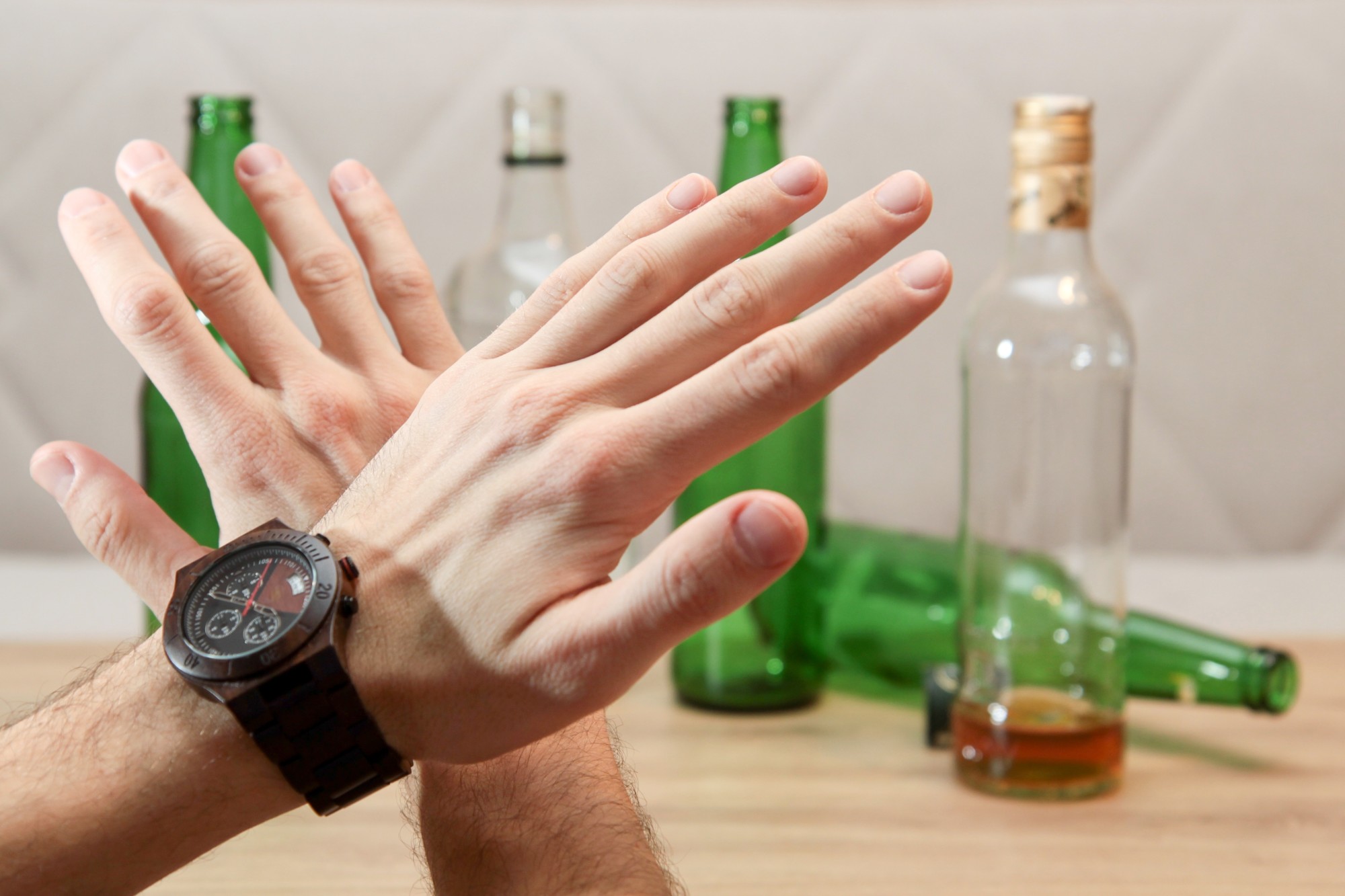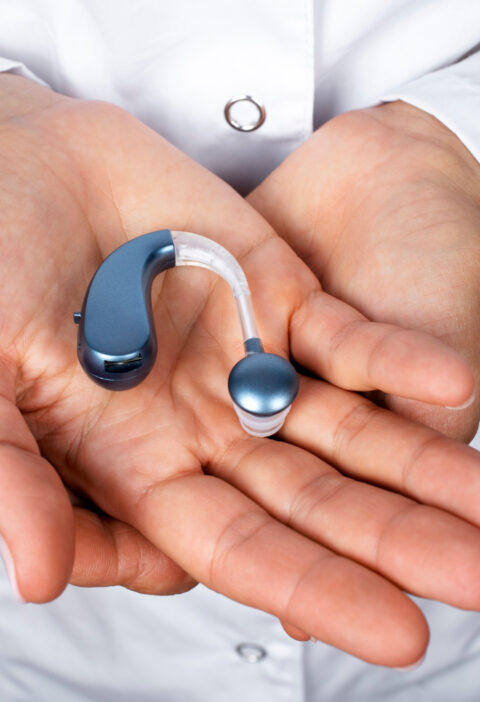Depression is a mental disorder in which a person has a depressed mood, loss of interest in all areas of activity, sleep disturbance, and appetite. Depressive disorder is characterized by various emotional disturbances.
People who are in a state of depression feel a constant decline in mood, pessimism, lack of energy, guilt, longing, and anxiety. If you or anyone you know are suffering from depression, please contact mental health services in san francisco or anywhere else as soon as possible. And if no action is taken, it can lead to sad consequences. Why does depression occur? Is it possible to distinguish it from the usual bad mood? In this article, we will try to figure it out.
Reasons why depression may appear
The following causes can lead to severe depression:
Biological factors
- Heredity;
- Transferred serious illnesses;
- Age;
- Features of metabolism in the body.
Social factors
- Pregnancy;
- Divorce, separation;
- Low social status;
- Death of a loved one;
- Problems at work, at school;
- Love relationship;
- Job loss.
Psychological factors
- Individual and personal characteristics of a person;
- Psychological trauma;
- Experience a difficult life situation;
- Prolonged stress.
How can you tell if a person is under stress?
Scientists distinguish 4 groups of main features:
- Cogitative – manifested in the inability to solve complex problems, long concentration, and difficulty in making decisions.
- Emotional – a person can observe fatigue, apathy, depressed mood, lack of energy, suicide attempts, and insomnia.
- Behavioral – if you properly observe a person, you can see sudden mood swings, anger, irritability, nervousness, sadness, and a desire for solitude.
- Physiological – increased or decreased appetite, constipation, decreased sexual interest, pain in the body, fading interest in favorite activities.
Symptoms of depression
Symptoms of depression can be divided into primary and secondary.
Main symptoms:
- Being in a bad mood for two weeks;
- For a month, a person has increased fatigue;
- He has no interest in daily activities.
Additional symptoms:
- Excessive self-criticism;
- Heightened sense of guilt;
- Thoughts of suicide;
- Psychomotor retardation;
- indecision;
- Eating disorder;
- Decreased concentration.
It is important to distinguish depression as a clinically significant illness from a depressive reaction to a psychologically understandable situation when each of us experiences a lowered mood for several minutes or hours in connection with a subjectively significant event.
About 16% of people have experienced depression at least once in their lives. Physical activity or entertainment helps to reduce the level of stress – someone goes to the cinema or goes out of town for a picnic, and someone plays in the new casino online.
It has been observed that women are significantly more likely to be diagnosed with depression, which is probably due to the fact that women are subject to greater neuroendocrine changes. This is due to a number of physiological characteristics of the female body – the menstrual cycle, postpartum, or menopause, during which the psycho-emotional state can range from normal to clinically delineated depression.
In addition, depression is more often detected in women due to their gender, social, and psychological characteristics – for example, it is easier for women to talk about their emotional state.
Men are usually less likely to seek help from a psychiatrist or psychotherapist, as they are hindered by social stereotypes: men must be rational, strong, and “real men don’t cry,” while depressive states in men are directly related to addictive behaviors (alcoholism, drug addiction gambling, extreme sports).
The pathogenesis of depression
On the basis of available studies, it has been proven that disturbances in neurotransmitter activity in the neurons of the limbic system of the brain play a key role in the development of depression – the release and interaction with receptors of the postsynaptic gap of such mediators as serotonin, noradrenaline, dopamine, acetylcholine, histamine, etc.
What Happens in the Body During Depression
The lack of serotonin is manifested in increased irritability, aggression, sleep disturbances, appetite, and sexual activity, lowering the threshold of pain sensitivity. A decrease in the concentration of noradrenaline in the neurons of the brain leads to a feeling of increased fatigue, impaired attention, apathy, and a decrease in the initiative.
Dopamine deficiency is manifested in a violation of motor and mental activity, a decrease in satisfaction from activities (from food, sex, rest, communication), and a loss of interest in cognition and learning.
Therefore, the drug approach in the treatment of depression consists of the appointment of antidepressants that regulate the release and interaction of neurotransmitters with receptors of neurons of the limbic system.
Psychotherapy in the treatment of depression
In the psychotherapy of depression, cognitive-behavioral psychotherapy is proven to be effective and fast-acting, aimed at changing irrational beliefs and depressogenic patterns of behavior of patients, and psychodynamic psychotherapy (psychoanalytic, existential psychotherapy, Gestalt psychotherapy), focused on working through deep feelings and traumatic early experience, is widely used. patient, the formation of adaptive functioning in the present.







